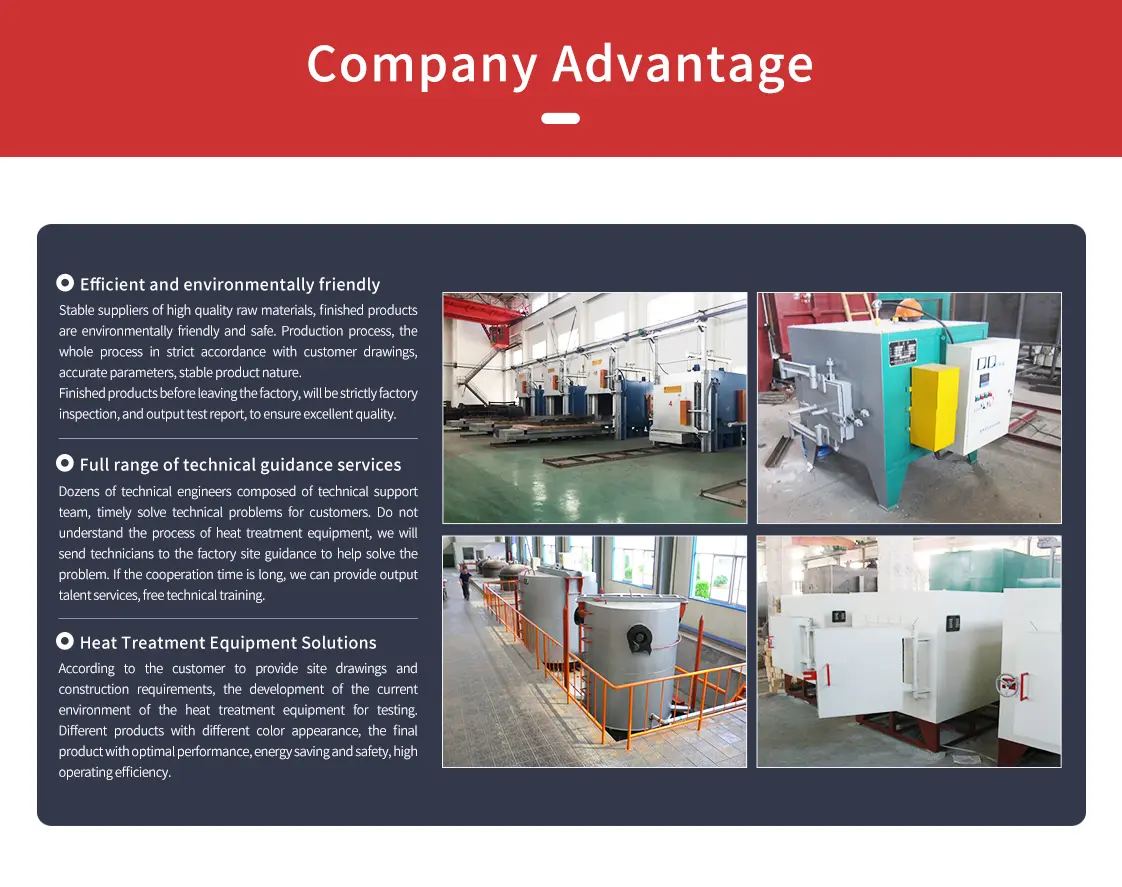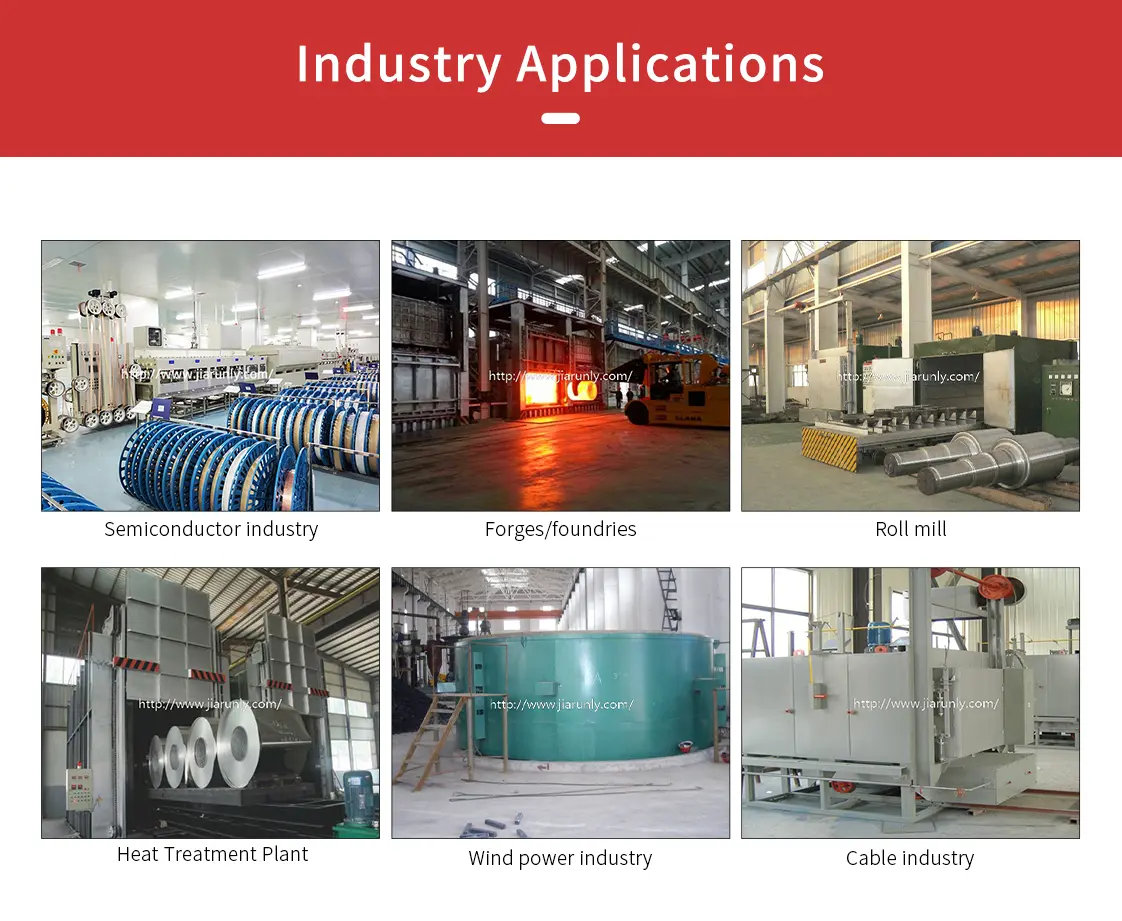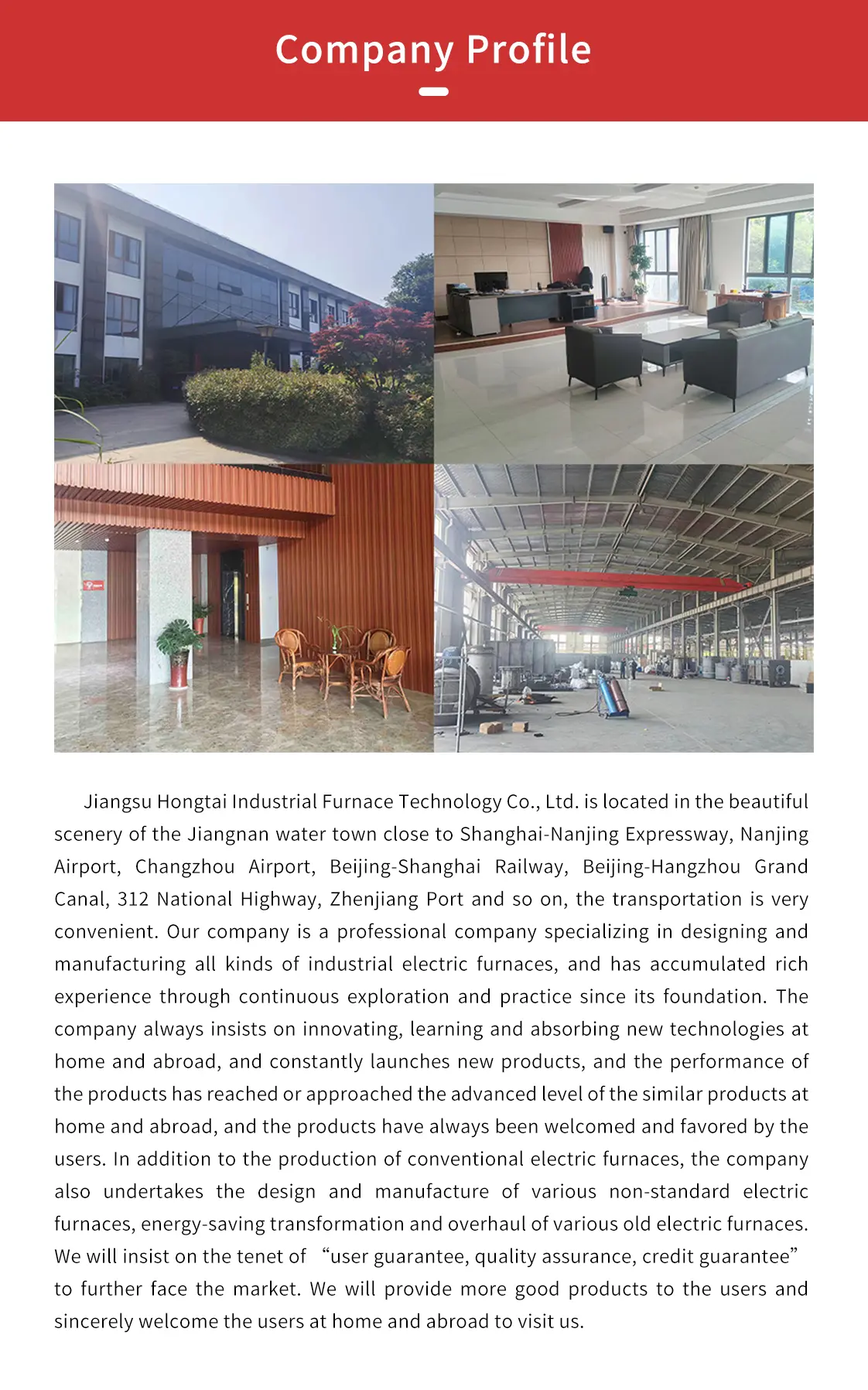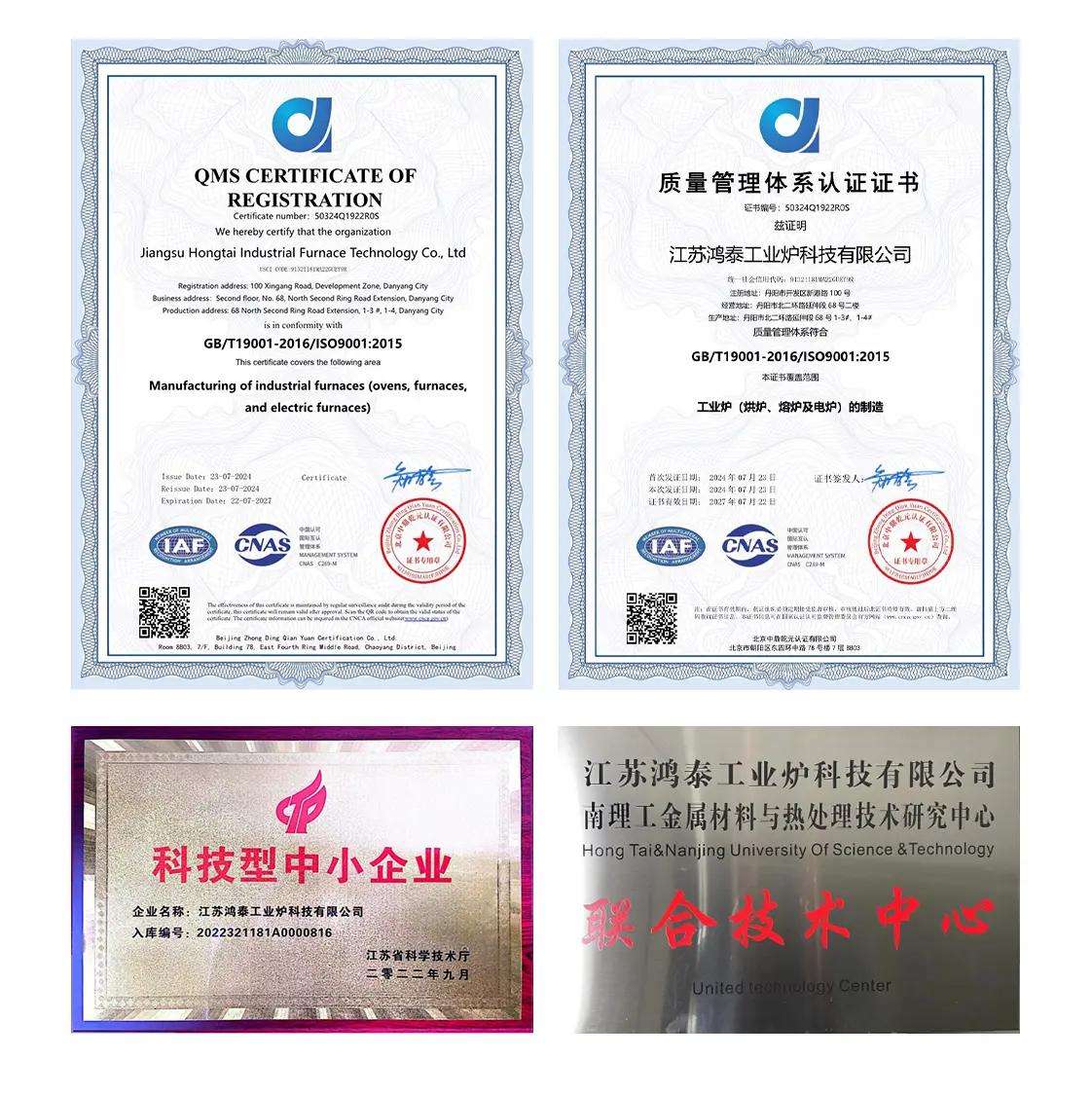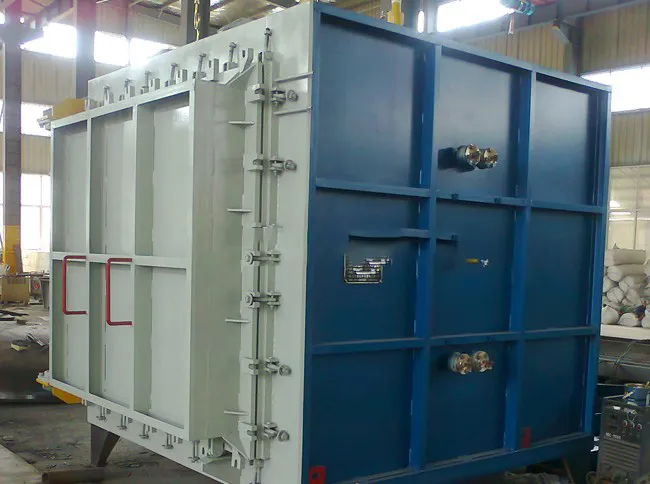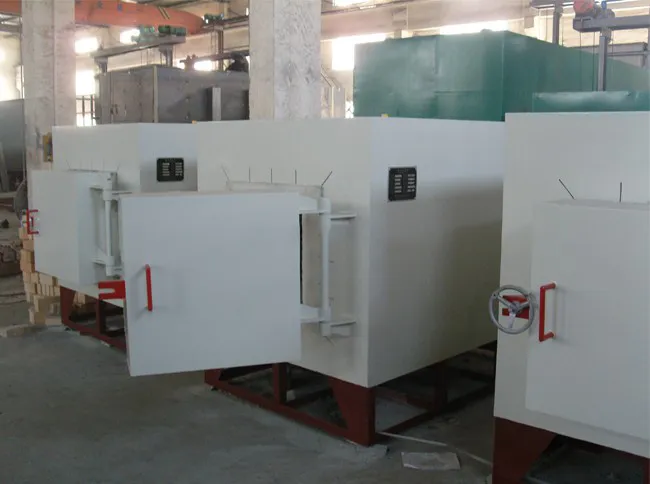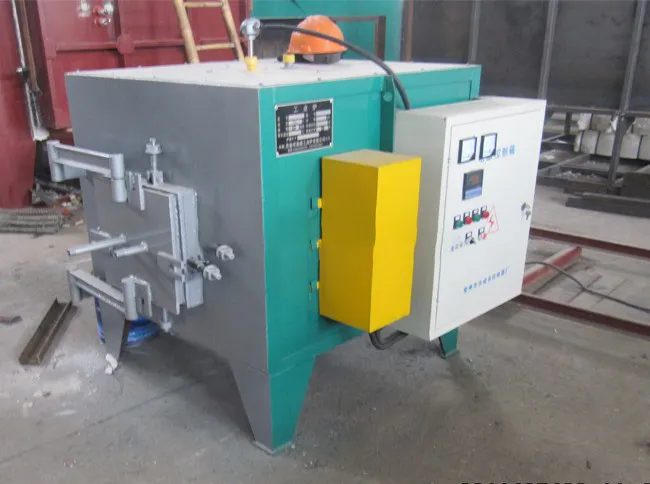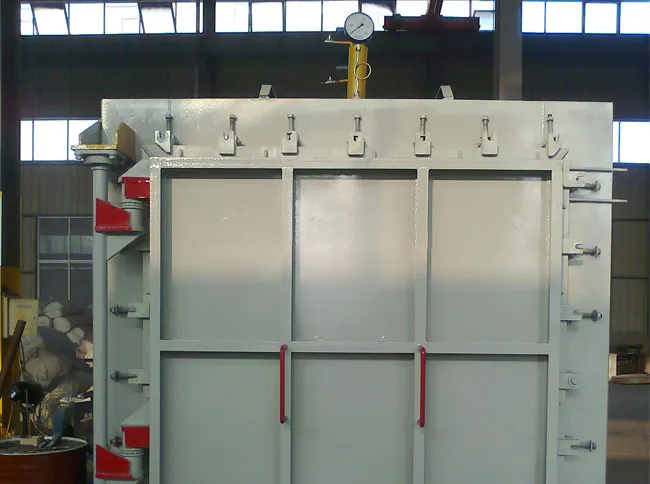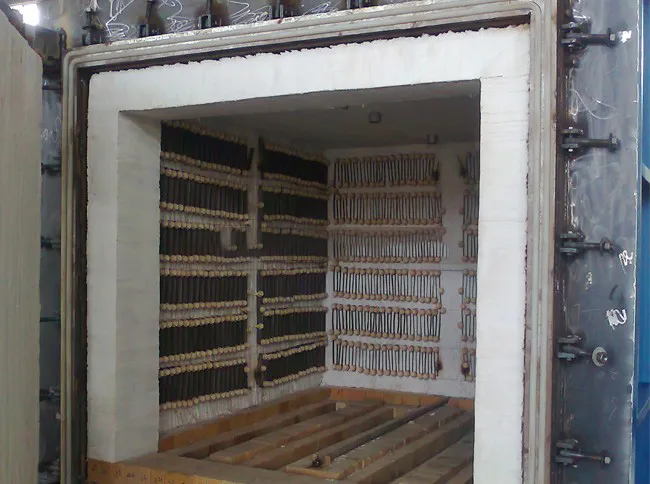- Vacuum furnace & oven
- Annealing Furnace & Oven
- Tempering furnace & oven
-
Carburizing furnace & Ovens
-
Bell Type Furnace
-
Pit Type Furnace & Well Type Furnace
-
Box Furnace & Chamber Furnace
-
Car Bottom Furnace & Bogie Hearth Furnace
-
Nitriding furnace & Ovens
-
Melting furnace & Ovens
- Quenching furnace & Ovens
-
Rapid quenching furnace & Ovens
- Forging furnace & Ovens
- Bright heat treatment furnace & Ovens
Box-type annealing furnace & ovens
Heat treatment furnace manufacturer,Jiangsu Hongtai Industrial Furnace Technology Co., Ltd
The box-type annealing furnace is a standard super energy-saving cycle operation box-type furnace, mainly for the annealing heat treatment of steel parts, all kinds of metal machine parts, automobile parts and so on.
Box-type Annealing Furnace & Ovens
Versatile Batch Annealing Solutions for Material Softening, Stress Relief, and Enhanced Workability
Product Introduction
Our Box-type Annealing Furnaces & Ovens are highly versatile and widely used industrial heat treatment systems designed for the precise annealing of metal components. Annealing is a crucial heat treatment process that involves heating a material to a specific temperature, holding it there for a period, and then slowly cooling it. The primary goals of annealing are to soften the material, relieve internal stresses, improve ductility, refine grain structure, and enhance machinability or cold workability. The box-type design offers flexibility for batch processing of various component sizes and shapes. Equipped with advanced heating elements and often with forced air circulation or controlled atmosphere capabilities, these furnaces ensure excellent temperature uniformity throughout the workload, which is critical for achieving consistent and predictable material properties. They are ideal for a broad range of applications in industries such as automotive, aerospace, wire and rod manufacturing, and general metalworking, where specific material properties are required before further processing.
Core Advantages for Versatile Annealing
- Versatile Batch Processing: Ideal for handling a wide variety of component sizes and shapes in batch operations, offering high flexibility.
- Material Softening: Effectively reduces hardness and increases ductility, making materials easier to form, machine, or cold work.
- Stress Relieving: Relieves internal stresses induced during manufacturing processes like casting, forging, or welding, preventing cracking and distortion.
- Grain Structure Refinement: Promotes the formation of a more uniform and finer grain structure, enhancing mechanical properties and surface finish.
- Excellent Temperature Uniformity: Equipped with forced air circulation, guaranteeing uniform heat distribution throughout the load, preventing hot or cold spots and ensuring consistent results.
- Energy Efficient: Optimized insulation and heating elements minimize energy consumption, reducing operational costs.
- Automated & Safe Operation: Integrated PLC control with comprehensive safety interlocks, real-time monitoring, and data logging for reliable and secure operation.
Technical Specifications
| Parameter | Unit | Range/Value | Notes |
|---|---|---|---|
| Maximum Working Temperature | °C | Up to 1100 | Depending on material and annealing type |
| Heating Method | - | Electric, Gas-fired | Selectable based on energy source availability |
| Atmosphere Control | - | Air, Inert Gas (N2, Ar), Hydrogen, Vacuum | For bright annealing or to prevent oxidation/decarburization |
| Rated Power/Fuel Consumption | KW / m³/h | Varies | Efficient heating systems |
| Working Chamber (W×H×D) | mm | Customizable | Available in various sizes and configurations |
| Temperature Uniformity | °C | ±5 (typical) | Ensures consistent annealing results |
| Control Accuracy | °C | ±1 | Advanced PID control |
| Cooling Method | - | Slow Furnace Cooling, Air Cooling | Controlled cooling rates for desired properties |
| Control System | - | PLC + Touchscreen HMI | Advanced automation and data logging |
| Safety Features | - | Over-temperature protection, Atmosphere monitoring, Emergency shutdown | Ensures safe operation |
Working Principle
Box-type annealing furnaces operate on the principle of heating metal components to a specific temperature, holding them there for a period, and then slowly cooling them to alter their microstructure and mechanical properties. This process, known as annealing, is primarily used to increase ductility, reduce hardness, relieve internal stresses, improve machinability, and refine the grain structure. The box-type design refers to the rectangular or square shape of the heating chamber, which allows for batch processing of components.
Components are loaded into the furnace chamber, often on trays or fixtures. The furnace then heats the components to the desired annealing temperature, which can vary significantly depending on the material and the specific type of annealing (e.g., full annealing, process annealing, spheroidizing annealing). To ensure excellent temperature uniformity, which is crucial for consistent annealing results, these furnaces are typically equipped with powerful forced air circulation fans. These fans circulate the heated air throughout the chamber, ensuring that all parts of the load receive uniform heat treatment. This convective heat transfer is highly efficient and effective for achieving precise temperature control.
During the soaking period, atomic diffusion occurs, allowing the material's microstructure to transform. For example, in steel, this might involve recrystallization and grain growth, leading to a softer, more ductile state. After soaking, the material is cooled slowly, often within the furnace itself, to allow for further microstructural changes and to prevent the reintroduction of stresses. The entire process is managed by advanced PLC controllers, which maintain the set temperature and cooling rates with high accuracy, ensuring repeatable and high-quality annealing results for a wide range of industrial applications.
Process Flow
Loading Components
Components are loaded into the box-type furnace chamber for batch processing.
Heating to Annealing Temperature
Furnace heats components uniformly to the precise annealing temperature, often under a controlled atmosphere.
Soaking Period
Components are held at the annealing temperature for a specified duration to allow microstructural transformation and stress relief.
Controlled Slow Cooling & Unloading
Components are slowly cooled (often within the furnace) to achieve desired properties, then unloaded.
Solving Customer Pain Points
Achieving Desired Material Softness & Ductility
Our annealing furnaces precisely control heating and cooling cycles to achieve optimal material softness and ductility, making subsequent forming or machining operations easier and more efficient.
Eliminating Internal Stresses & Preventing Cracking
Effective stress relief prevents distortion, cracking, and premature failure of components caused by residual stresses from prior manufacturing processes.
Ensuring Uniform Properties Across Diverse Loads
Forced air circulation and excellent temperature uniformity ensure that all components within a batch, regardless of size or shape, are annealed consistently, leading to uniform mechanical properties and reduced rejects.
Improving Machinability & Cold Workability
By refining grain structure and reducing hardness, our furnaces enhance the machinability and cold workability of materials, leading to reduced tool wear and improved production efficiency.
Preventing Oxidation & Decarburization with Controlled Atmospheres
Optional controlled atmosphere capabilities protect sensitive materials from surface degradation during high-temperature annealing, preserving material integrity and finish.
Process Repeatability & Quality Assurance
Advanced PLC control and data logging capabilities ensure consistent and repeatable annealing results, meeting stringent quality standards for critical components in batch production.
Customer Success Stories
A manufacturer of precision gears significantly improved the machinability of their steel blanks, reducing machining time by 18% and extending tool life, after integrating our box-type annealing furnace into their production line.
Customized Services
We offer comprehensive customization services for our box-type annealing furnaces, including tailored chamber dimensions, specific heating methods (electric or gas), and integration with various controlled atmosphere systems (N2, Ar, H2, Vacuum). Our engineering team works closely with clients to design solutions that precisely meet their unique material types, component sizes, desired mechanical properties, and production throughput requirements, ensuring optimal performance and seamless integration into their heat treatment processes.
Related Keywords
box type annealing furnace, industrial annealing oven, batch annealing, heat treatment annealing, stress relieving furnace, material softening, precision heat treatment, metallurgical equipment, steel annealing, alloy annealing, controlled atmosphere annealing, bright annealing, general purpose annealing
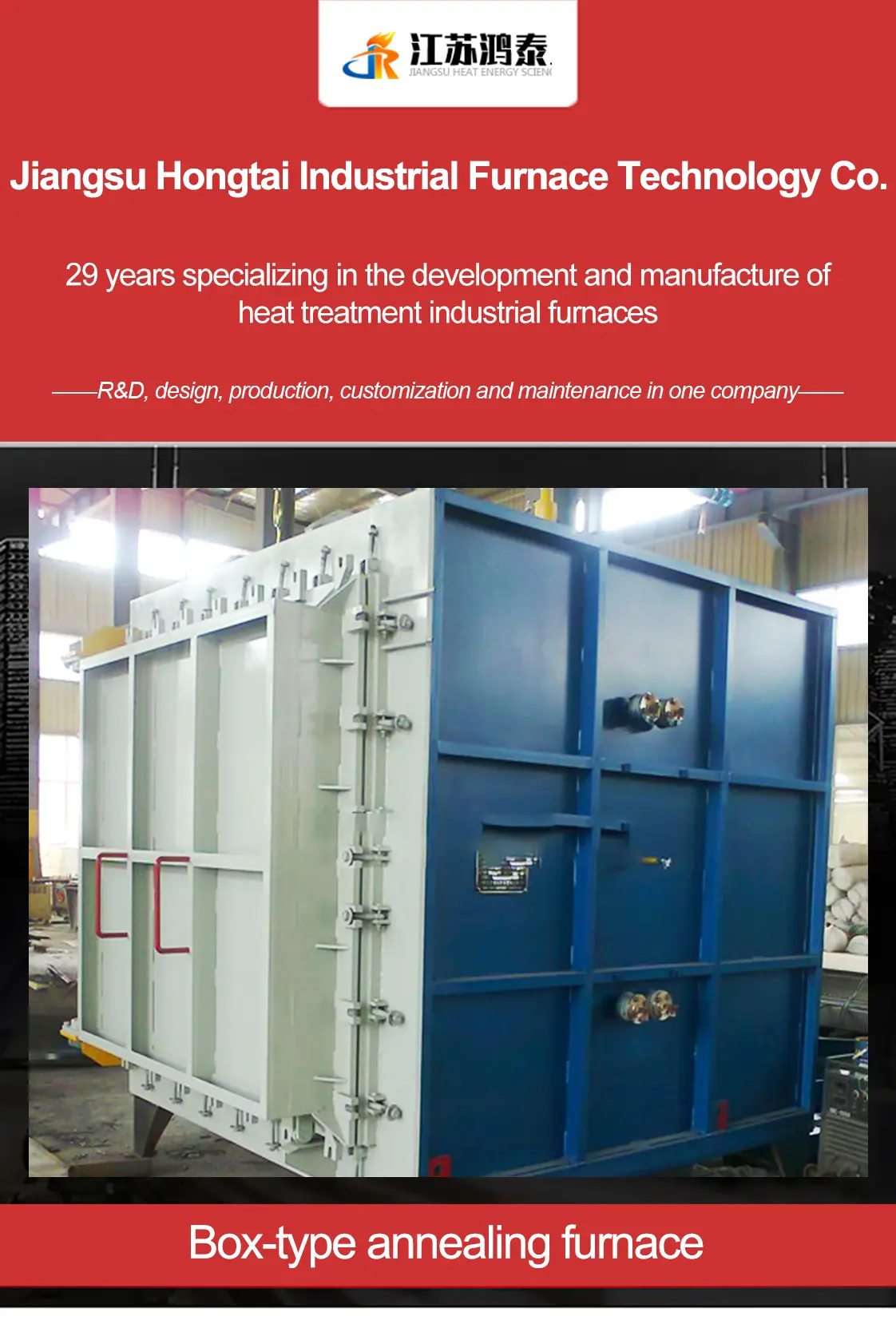
Industrial Value and Application Products
- Carbon Alloys and Stainless Steel: Annealing of various components to improve ductility and machinability.
- Aluminum Alloys and Copper Alloys: Annealing for stress relief and enhanced formability in sheet, plate, and extruded forms.
- Forgings and Castings: Annealing to relieve internal stresses and improve mechanical properties after casting or forging.
- Wire and Rod Products: Annealing to soften material for drawing into finer gauges.
- Stamping and Deep Drawing Parts: Annealing between forming operations to restore ductility and prevent cracking.
The box-type annealing furnace is a standard super energy-saving cycle operation box-type furnace, mainly for the annealing heat treatment of steel parts, all kinds of metal machine parts, automobile parts and so on.Installed in the furnace side of the stainless steel into the nitrogen pipeline and valve, adjust the amount of air intake, can play a simple role in protecting the atmosphere to reduce the oxidation of the workpiece. Box-type annealing furnace adopts high-purity high-aluminum energy-saving brick composite furnace lining, high-temperature high-resistance alloy heating element installed in the side wall and the bottom of the furnace, using microcomputer program automatic temperature control cabinet high-precision implementation of the annealing process curve.
Temperature requirements:
Box-type annealing furnace by the high-temperature furnace, medium-temperature furnace, low-temperature annealing furnace, high-temperature furnace, high-temperature furnace within 1200 ℃, medium-temperature furnace within 950 ℃, low-temperature annealing furnace within 650 ℃, respectively, according to the characteristics of their respective products to choose, the furnace dimensions, load according to the customer's requirements for customized orders.
Heat treatment products:
Suitable for a wide range of processed products heat treatment, such as: stainless steel solid melt, high manganese steel quenching, valves, flange ring, pressure vessels, rolling bar, steel pipe, steel wire, steel balls, castings, forgings, cast iron, rolls, blades, high-speed steel, tool steel, automotive axles, diesel engine gearbox, mining machinery, loader bridge arm and other products quenching and tempering, annealing, tempering, normalizing the heat treatment of a variety of products for.
